
Few things are more frustrating than getting into your car, turning the key or pressing the start button, and nothing happens. A car that won’t start can ruin your plans and leave you feeling stranded and helpless. Fortunately, many causes behind a non-starting car are common and can often be resolved without needing a tow truck. In this article, we’ll guide you through the most frequent reasons cars won’t start and how you can troubleshoot — and possibly fix — the problem yourself.
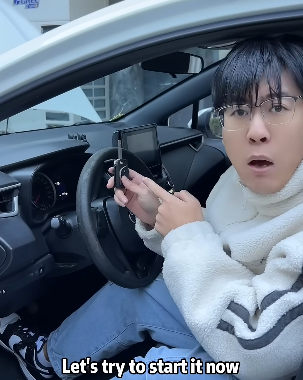
1. Check the Battery
The most common reason a car fails to start is a dead or weak battery. Batteries can drain for many reasons, including leaving lights on overnight, extreme temperatures, or an aging battery nearing the end of its life.
How to Diagnose:
- When you turn the key, do the dashboard lights dim or fail to turn on?
- Is there a clicking noise when you attempt to start the car?
- If so, the battery is likely the culprit.
Solutions:
- Jump-start the car: Use jumper cables and another vehicle with a working battery. Connect positive to positive (+ to +) and negative to negative (- to -), then start the working car first, followed by your vehicle.
- Replace the battery: If your battery is old (typically more than 3–5 years), consider replacing it.
- Battery terminals: Check if the battery connections are corroded or loose. Cleaning them with a wire brush and tightening the cables can sometimes fix the problem.
2. Inspect the Starter Motor
The starter motor is what physically turns the engine over when you start the car. If it’s defective, the engine won’t crank.
How to Diagnose:
- You hear a single click or a series of clicks when trying to start the car.
- No cranking sound at all.
Solutions:
- Tap the starter motor gently: Sometimes tapping it with a tool like a wrench can free a stuck gear.
- Replace the starter: If tapping doesn’t work, you may need to have the starter motor replaced.
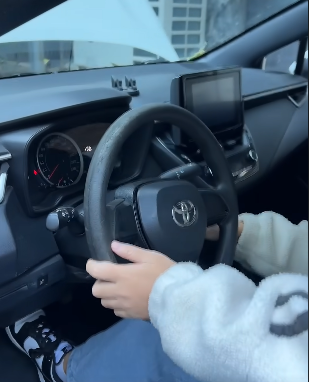
3. Examine the Fuel System
Without fuel, your engine can’t run. If the fuel system isn’t delivering gas properly, the car won’t start.
How to Diagnose:
- Do you have enough fuel in the tank?
- Can you hear a humming noise from the fuel tank area when you turn the ignition to the “on” position (before cranking)? This is the fuel pump working.
Solutions:
- Refuel: It might sound obvious, but sometimes the fuel gauge may be inaccurate.
- Check for a clogged fuel filter: If the filter is clogged, fuel may not reach the engine. Replacing the filter can solve the issue.
- Fuel pump failure: If the fuel pump isn’t working, it will need professional replacement.
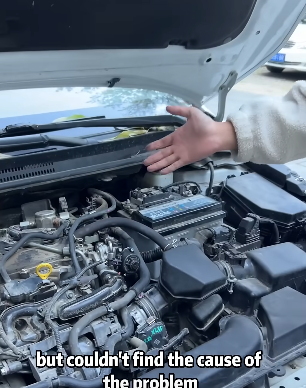
4. Consider Ignition System Problems
The ignition system includes spark plugs, ignition coils, and related wiring. If these fail, the engine can’t ignite the fuel mixture and start.
How to Diagnose:
- Engine cranks but doesn’t start.
- Misfiring or rough engine behavior before the failure.
Solutions:
- Replace spark plugs: Worn or fouled spark plugs can prevent starting.
- Check ignition coils: Bad ignition coils can be tested and replaced.
5. Look at the Security System
Modern vehicles come with security systems designed to prevent theft. However, these systems can sometimes malfunction and prevent you from starting your own car.
How to Diagnose:
- Flashing security light on the dashboard.
- Key fob issues — the car doesn’t recognize the key.
Solutions:
- Reset the system: Try locking and unlocking the car with the key fob.
- Replace the battery in the key fob.
- Use the backup key: Some cars come with an emergency key that doesn’t rely on electronics.
6. Transmission in the Wrong Position
If your car has an automatic transmission, it must be in “Park” or “Neutral” to start.
How to Diagnose:
- The car doesn’t respond at all when trying to start.
- Wiggling the gear selector slightly might allow the car to start.
Solutions:
- Ensure it’s in Park or Neutral: Double-check the shifter.
- Shift and try again: Moving the shifter slightly sometimes aligns sensors correctly.
7. Bad Alternator
The alternator charges the battery when the car is running. A failing alternator can cause a drained battery and prevent the car from starting.
How to Diagnose:
- Dim lights.
- Dead battery even after jump-starting and driving.
- Electrical issues like flickering dashboard lights.
Solutions:
- Test the alternator: Many auto parts stores offer free alternator testing.
- Replace the alternator if it’s not charging the battery properly.
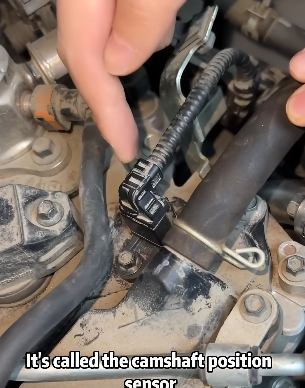
8. Check the Engine Sensors
Modern cars rely heavily on sensors, such as the crankshaft position sensor or the camshaft position sensor, to operate.
How to Diagnose:
- The engine cranks but doesn’t start.
- You may have noticed rough idling or stalling before the no-start issue.
Solutions:
- Scan for trouble codes: A diagnostic scanner can help identify faulty sensors.
- Replace faulty sensors: Once identified, replacing bad sensors can restore normal function.
9. Frozen Fuel Line
In very cold climates, moisture in the fuel lines can freeze and block fuel delivery.
How to Diagnose:
- Happens after a night of very low temperatures.
- The car cranks but doesn’t start or struggles to.
Solutions:
- Move the car to a warmer place (like a garage) if possible.
- Use fuel line antifreeze treatments that are safe for gasoline engines.
10. Seek Professional Help
If you’ve tried these steps and the car still won’t start, it’s time to seek professional assistance. There could be more complex issues such as:
- Timing belt failure.
- ECU (Engine Control Unit) problems.
- Internal engine damage.
Towing the car to a trusted mechanic will ensure the problem is properly diagnosed and fixed.
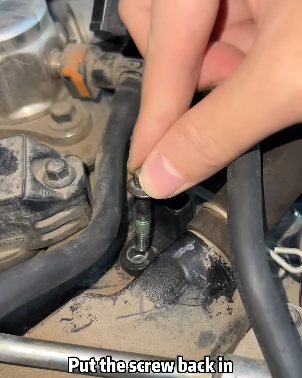
Conclusion
When your car won’t start, it can feel overwhelming, but often the cause is something relatively simple like a dead battery or a fuel issue. By methodically checking the battery, starter, fuel system, ignition system, and other components, you can often identify — and sometimes fix — the problem yourself. Keeping basic tools like jumper cables, a portable battery booster, and a diagnostic scanner in your car can also prepare you for emergencies. And remember, routine maintenance can prevent many starting problems before they occur. Stay calm, follow these steps, and you’ll be back on the road in no time.


